What is an LED trick light
An LED trick light is a lens-controlled LED luminaire capable of producing a highly manipulated beam for light blade projection, wall washing, or surface skimming. The name for this type of products was coined by GLF (Global Lighting Forum) in an intention to differentiate them from traditional architectural lighting products. They are so named because of their unique ability to create an impression of geometry by identifying contours or boundaries of architectural structures with concentrated, clearly defined beams of light, and to accentuate the texture or surface dimension of walls and facades with radially emitted light or wall washing beams.
In the lighting industry, there is a big trade name for these products—Trick. The Trick family of products is an innovation from iGuzzini. Its design offers some of the most dramatic redefinitions of architectural lighting and ushers in a new relationship between lighting and architecture. Since its introduction to the market, Trick has found incredible favor in the eyes of architects and designers. The growing interest leads to a proliferation of competing products.
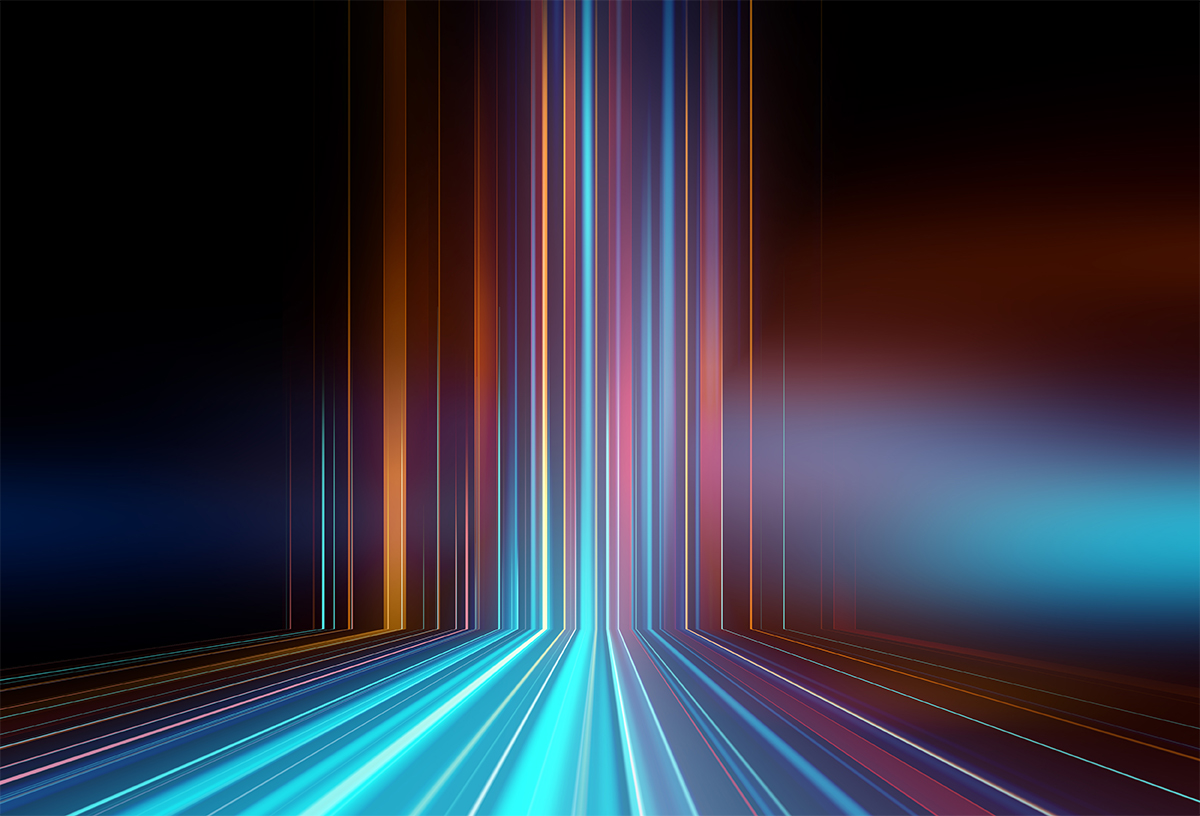
An innovative application of LED lighting
LED trick lights feature a small footprint which allows them to blend into the architecture without creating visual distractions, leaving the precisely controlled beam to make the statement. Their miniaturization and magic lighting effects are achieved by capitalizing on characteristics unique to LEDs and exploiting a cutting-edge optical design. Architectural lighting works to create compelling visual experience, define focal points, enable new perspectives, and evoke positive emotional responses by creating atmospheres that are soft and subtle or dynamic and dramatic.
With LED lighting, architectural lighting is poised for a dramatic transformation. The small source size and directional light output of LEDs afford an opportunity for luminaire designers to extract light directly from the source and precisely distribute it through key vertical and horizontal planes. Excellent controllability lends LEDs perfectly to intelligent lighting applications which involve the use of digital control systems to transform environments, heighten the visual impact, create spectacle, and minimize energy costs. Boasting a minimalistic design language with maximum visual impact, LED trick lights provide a creative basis for transforming a façade, structure, or space into an eye-catching feature.
Lighting effects
Optically engineered from the inside out, the small, yet extremely powerful luminaires breathe new personality into neutral buildings with creative light patterns that are available in light blade, wall washer and radial beam options. The light blade effect luminaire can create a line of light that extends across adjacent surfaces and appears to turn round the bends of a two-dimensional structure. The crisp band of light expands over a radius of 180° or 360° to identify the surround of an architectural space, defining spatial relationships and enhancing the perception of these relationships. Multiple luminaires can be installed on a wall or ceiling to create lines of light that run parallel or cross over around the ceiling, walls and floor to add rhythm, dimensionality, or depth to spaces such as corridors, rooms, and enclosed passages.
The most breathtaking application of light blade effect luminaires is the accentuation of window reveals, door and portico perimeters, and other architectural openings. 180° or 360° beam projection allows lighting designers to create architectural impression in an exciting and inspirational way. A complete arch or window reveal can be defined and highlighted using just one miniature luminaire, which significantly reduces the complexity of lighting design and installation. The light blade effect luminaire can be configured to produce a straight beam for creating effects of delineation or accentuation on facades.
The miniature luminaire can also be designed to produce wall washing or radial light distributions as well. The wall washer casts a bright wash of light to create visual interest and add drama to monotonous façades. The radial effect luminaire is designed to emit a soft, uniform background light that skims the surface on which it is installed to accentuate textures and emphasize shapes.
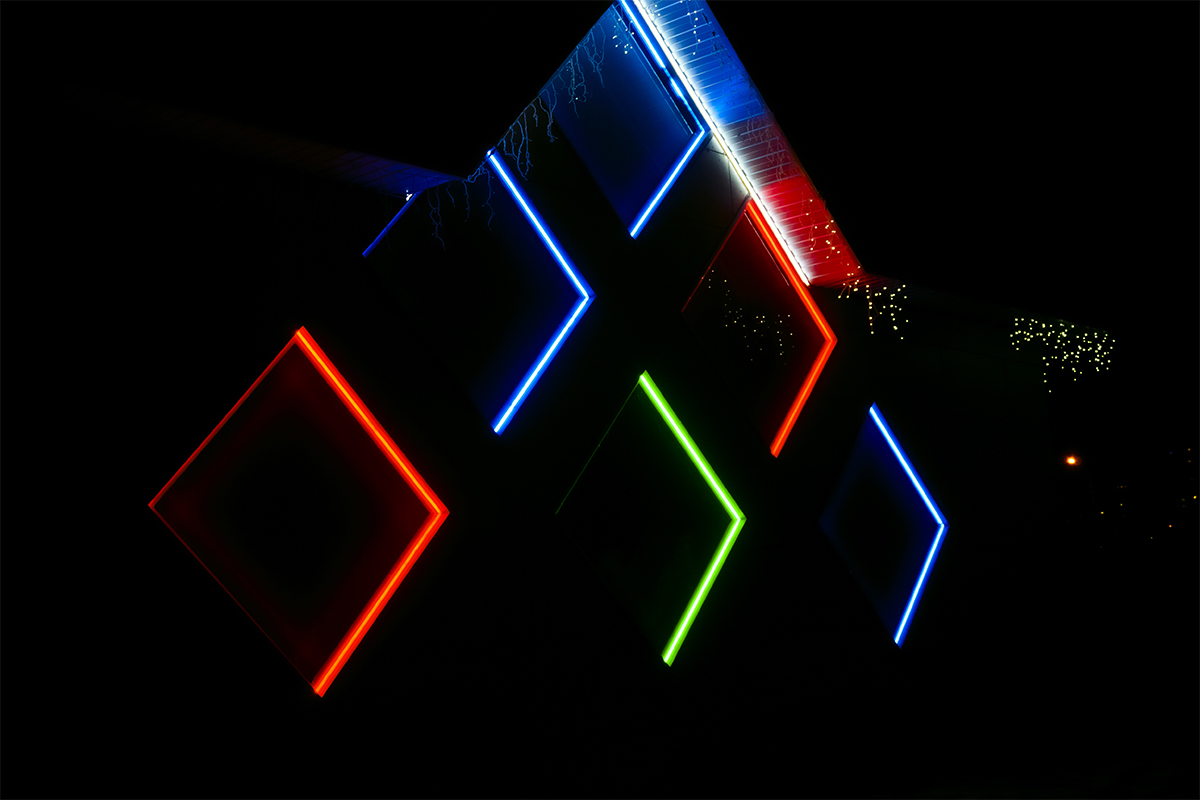
Design and engineering
An LED trick light is multidimensional engineering work that calls for excellence in the integration of LEDs with their optical, thermal, and electrical systems. All components must work in unison to ensure that the luminaire delivers gorgeous lighting and generates lasting impressions. A solid die cast aluminum construction that provides durability, ruggedness, as well as high efficiency thermal transfer that allows the LEDs to operate continuously in a temperature-controlled environment.
The light engine typically incorporates high power LEDs to deliver powerful, consistent output. The most challenging part of the luminaire design is optical regulation of luminous flux from these LEDs. LEDs emit light in a specific direction, secondary optics are therefore needed to modify the output beam of the LEDs such that the luminaire delivers the desired photometric specification. This is accomplished by a specially designed polycarbonate (PC) or acrylic (PMMA) lens which controls the entire initial distribution from the source to achieve a narrow beam for blade effect illumination or provide effective light distributions for wall washing and radial lighting.
The surface-mounted LED luminaire is typically designed for both interior and exterior installations. An IP66 rated enclosure and corrosion control with chemical surface treatment and polyester powder coating on the aluminum housing ensure that the luminaire survives the effects of continuous exposure to outdoor weather and environmental stresses.
LED channels and dimming technology
An LED trick light can be designed as a single-channel solid white or solid color luminaire, or a multi-channel tunable white or dynamic color system. LEDs are spectrally controllable light sources. They can be engineered at the chip- or package-level to produce light in any color, including red, green, blue, amber, and white of any color temperature.
For versatility in color effects, multi-channel LED luminaires are used to create custom colors at the system level. A tunable white system uses a number of controllable channels of white LEDs to adjust the color temperature within the mixing range. Commonly designed as RGB, RGBW, or RGBA systems, multi-color LED luminaires can produce any desired color within the color mixing gamut.
While additive color mixing requires dimming of each LED channel, it’s often desirable that solid white or solid color LED systems can be dimmed to allow for dynamic changes in luminous intensity. The dimming functionality is part of driver circuit design. While there are AC powered systems that incorporate a bulky AC-DC LED driver, most LED trick lights are equipped with a DC-DC LED driver in order to minimize the footprint.
Advanced systems typically build the dimming function into the driver using the pulse-width modulation (PWM) or constant current reduction (CCR) technique. CCR or analog dimming controls light output by adjusting the DC magnitude of the current provided to the LEDs. PWM or digital dimming varies the duty cycle of the pulsed signal to adjust the perceived brightness of the LEDs. Analog dimming is less complex to implement but is subject to color shift and often limited in the dimming range. These drawbacks can be effectively addressed with digital dimming, but the cost of implementation is higher. Digital dimming is primarily used in color mixing applications which requires individual, accurate dimming control of each individual LED channels.
Lighting control
The luminous wonder of LED trick lights can only be revealed when the LED luminaires are controllable. LED drivers that operate these luminaires are often configured to accept control input via an interface. The interface can be designed to interpret analog signals of the 0-10VDC protocol, or digital signals transmitted by a digital addressable lighting interface (DALI), DMX, or Ethernet controller. 0-10VDC and DALI control is typically used in applications where the lighting scenario requires only intensity adjustment.
DMX is the control solution of choice for applications where a large number of luminaires are used to create color changing effects, dynamic scenes or intricate light shows. The LED luminaires are programmed with DMX addresses so that each LED channel can extract the correct segment of data broadcast by the playback controller. Using the data targeted for its address, the on-board control IC will exercise dimming control for displaying the correct light output or performing additive color mixing according to the digital instructions. Ethernet control solutions overcome the address limitations of DMX to control multiple DMX universes for large-scale deployments of dynamic lighting systems.

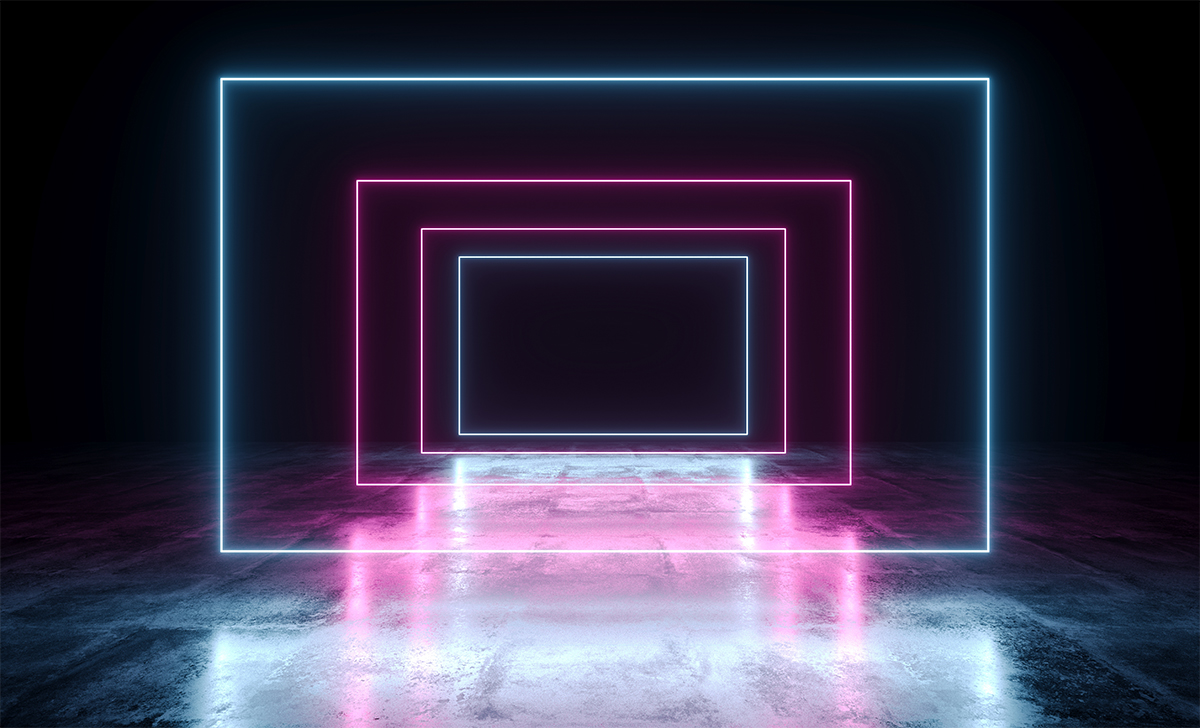
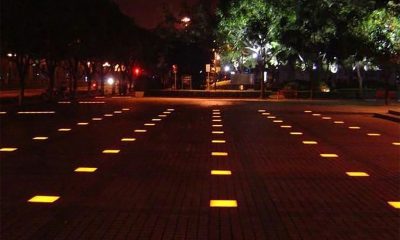




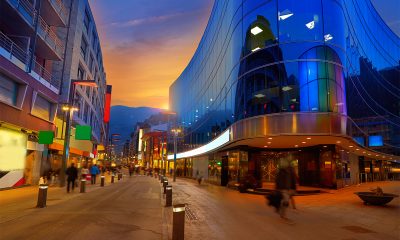
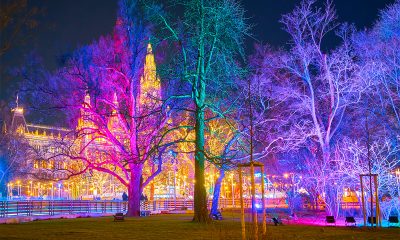

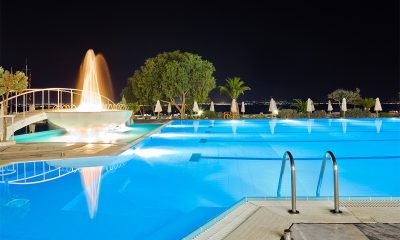

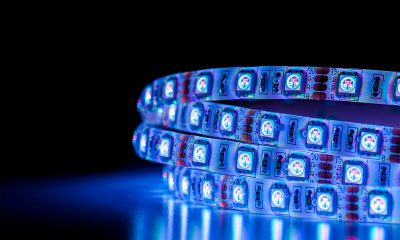





Loading...
New member
New member
New member